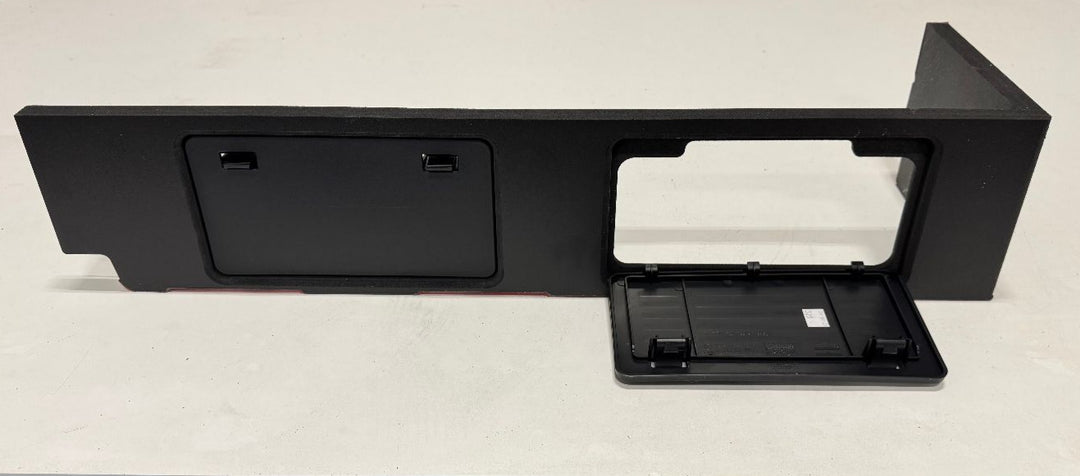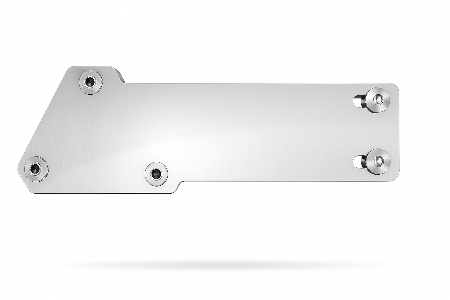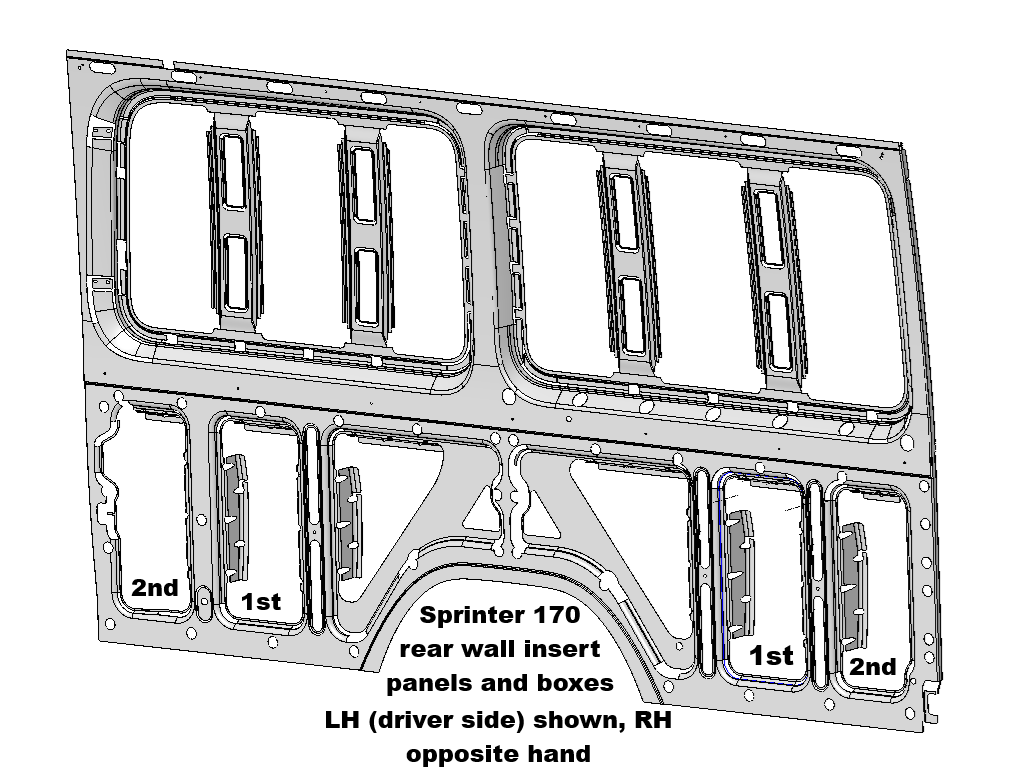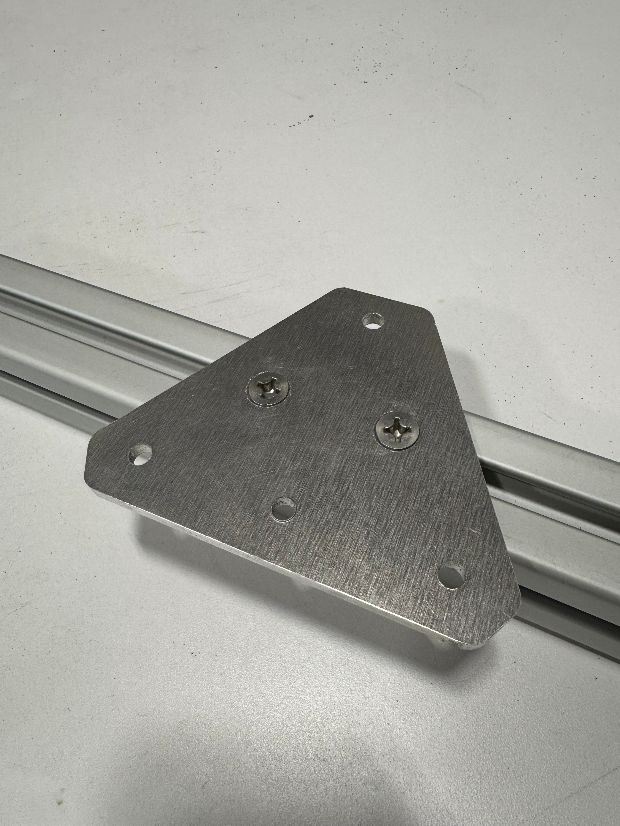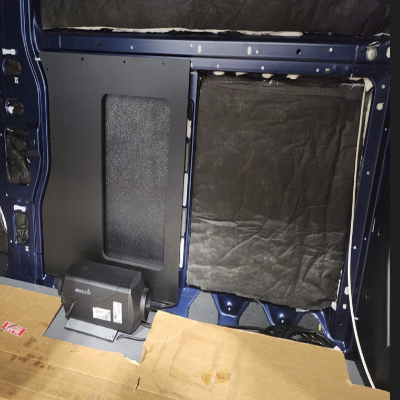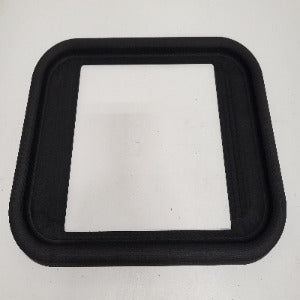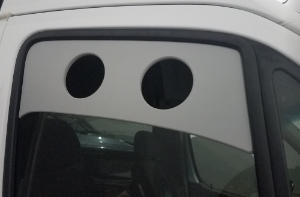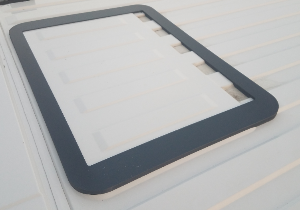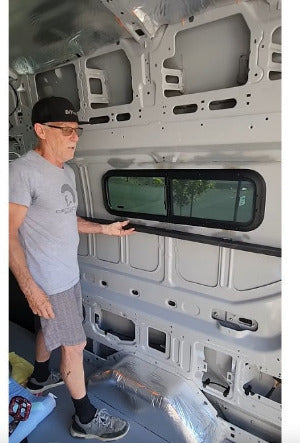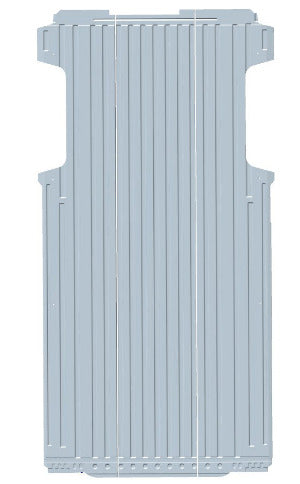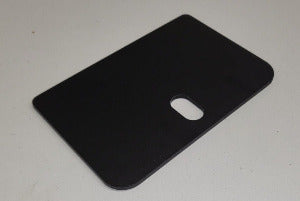New Van Conversion Products from DIYvan
- 3M Thinsulate™
- 80/20
- Air Conditioner Units
- Air Conditioner Adapters
- Awning Brackets
- Battery
- Battery Accessories
- DIYvan Apparel
- Electrical
- Favorite Products
- Flooring
- Insulation / Noise Control
- Inverter/Charger
- Low-E™ Reflective Insulation
- Minicell & Floor Installation
- NEW!
- Panel for Doors, Walls & More
- Roof Vent Adapters
- Roof Vent Units
- Rack Systems
- Skylights
- Solar Mounting
- Solar Panels
- Speakers & Speaker Installation
- Switch Adapters
- Swivel Seat Bases













